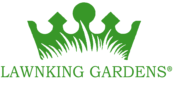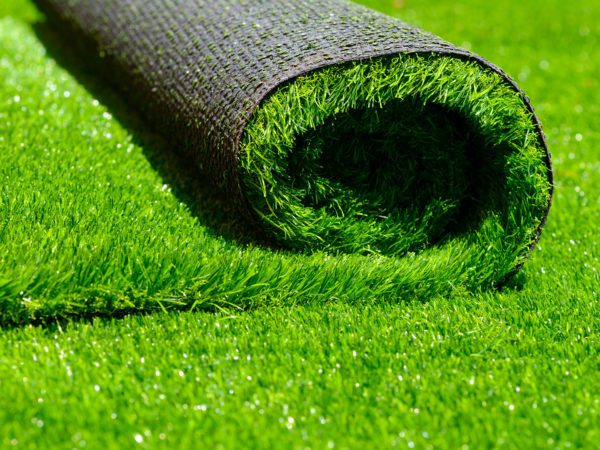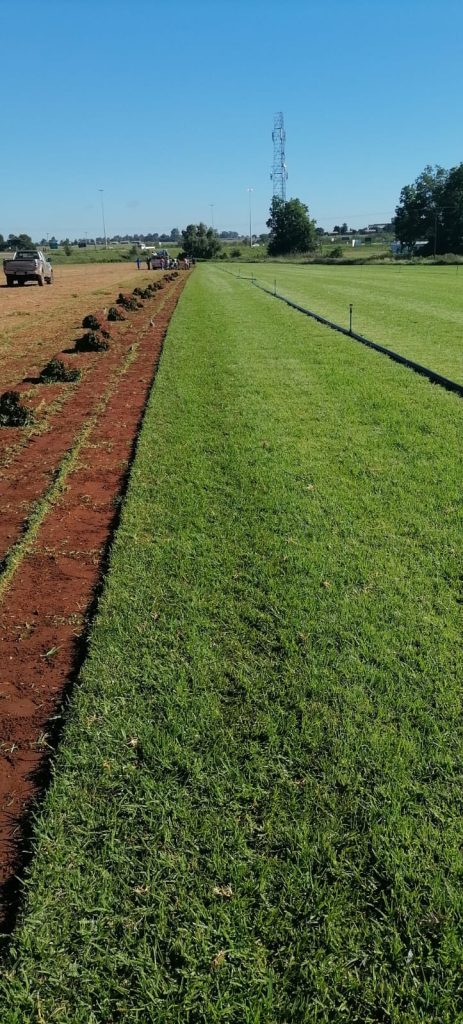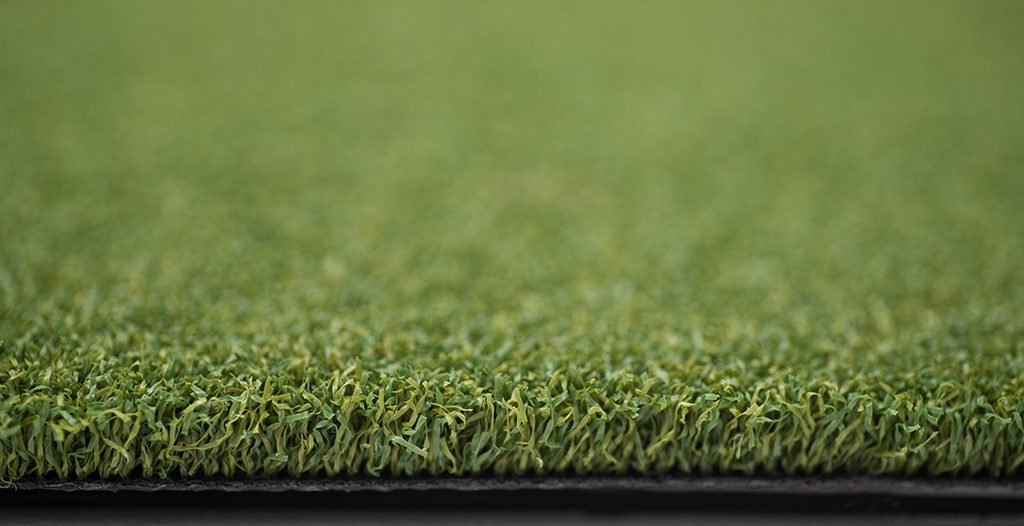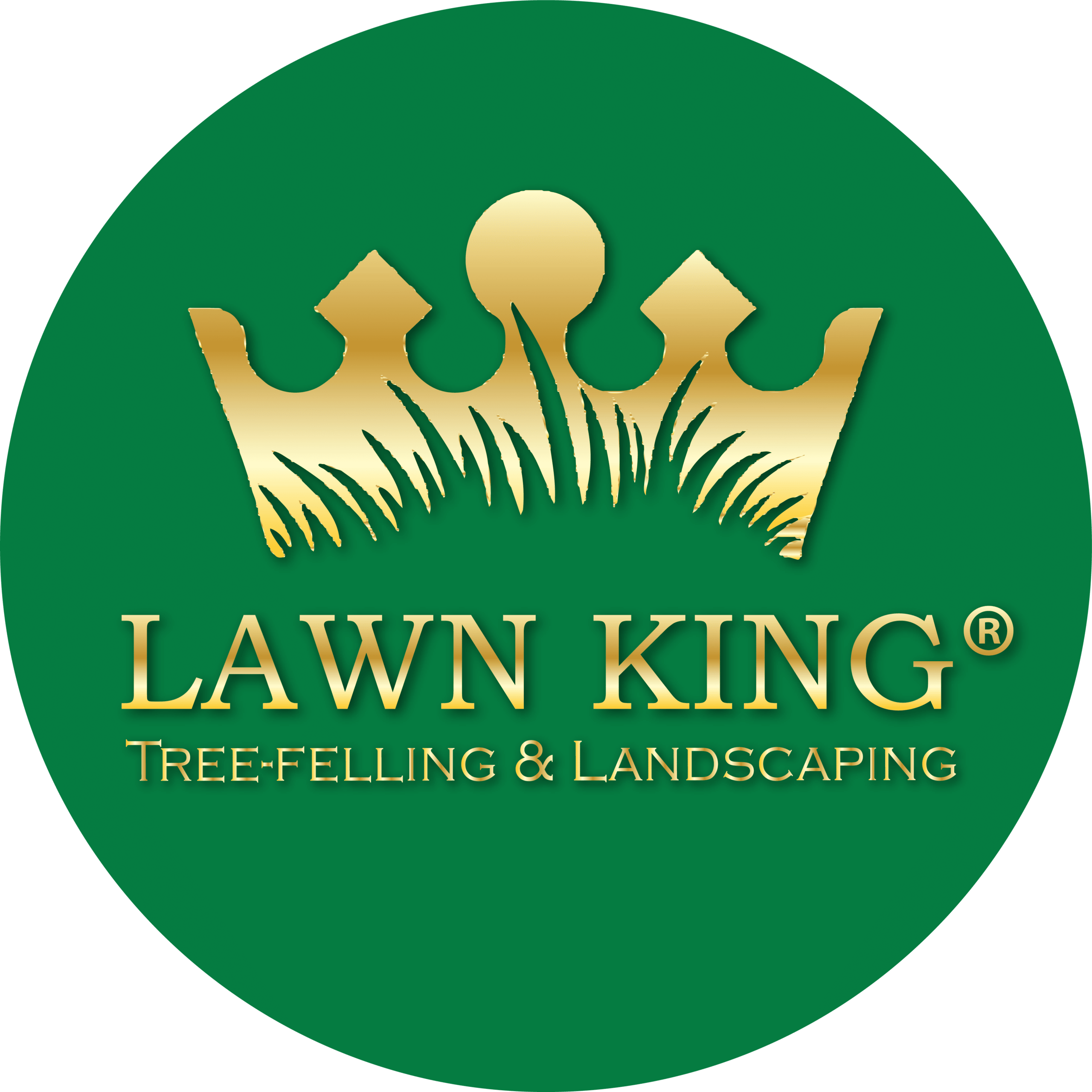The grass always seems greener on the other side. You can always turn the tables with the right type of turf in your garden, but which one is better – natural grass or artificial one?
We offer you a complete review of both real grass and its synthetic counterpart. It will help you decide which is a better option for your garden. We’ve gathered all criteria a prospective buyer should take into consideration before making the final choice and purchase.
Who is this post for:
- New hobby landscapers;
- People who just bought a property with a garden;
- Someone on the fence between real and fake turf.
Questions you need to ask yourself
When you choose what type of lawn to lay in your garden it’s not all about the pros and cons of artificial grass and real turf. You must ask yourself a few questions before making your choice. You should consider:
- What will you use your lawn for? An outdoor playground, a recreation area, for outdoor activities and family time, etc?
- What is your budget? How much money can you afford to spend on materials, cost of installation and lawn upkeep?
- Do you have the perfect growing conditions for a real lawn? Can you provide enough sun, light, shade, etc?
- Do you have children and/or pets? How much time will they spend playing on the lawn?
- How much time weekly can you spend on lawn maintenance?
What about turf maintenance
It doesn’t matter if your lawn is real or fake, at the end of the day someone has to rake off all those fallen leaves. Both types of turf need maintenance, but which one is cheaper to maintain?
Real lawns need frequent mowing, watering, weeding and feeding. Some people prefer to consider it as part of general garden maintenance and if you’re up to the task, you can save on the maintenance costs and do it yourself. There are also other things you need to carry out such as aeration, overseeding, scarification and the sort, but fortunately they are not part of the regular routine.
If you think that fake grass doesn’t require upkeep, you are wrong. Artificial lawn maintenance is a thing and it includes regular brushing, scrubbing off pet messes, removing dead leaves in order to avoid moss, and sometimes apply additional sand infill.
Both types of turf need lawn care, so you should decide which one would be easier for you to maintain. If you decide to rely on the services of professionals it will probably cost you the same amount of money. It’s best to decide which option is better for your garden and gardening skills.
What’s the durability of artificial grass vs turf
According to reviews, both turf lawns and the fake grass types have their pros and cons when it comes to durability. Real grass can be overwhelmed by weeds, suffer from moss or be left with bald patches due to heavy foot traffic or drought. However, the grass is after all a plant and it can regrow and self-repair. This makes it a perfect choice for families with children and pets because it’s soft, block dust particles, and works as a natural air-conditioner during the summer. Real turf durability can be indefinite with proper and regular lawn maintenance.
With artificial lawns you can forget about mowing, weeding and feeding and you can forget about replacing it in the next 8 to 10 years. On the other hand, no matter how durable it is, fake grass can’t repair itself and there is little to no alternatives to replacement. The pros of artificial turf make it the perfect choice for indoor playgrounds and sports fields, and for busy people who don’t have the time to maintain a lawn.
When it comes to re-turfing, it’s easier to dig up parts of the sod and replace it with fresh and healthy patches. Artificial grass is harder to replace, not to mention more costly sometimes.
Surface temperature and water usage
When it comes to surface temperature and heat storage, real turf has the upper hand. It’s comfortable to walk on the grass barefoot even in the middle of the day, when the sun is the strongest. It has an extra cooling effect and doesn’t release heat during the night. However, real grass requires the use of a lot of water to keep it lush and thick during the hot summer days.
On the other hand, artificial grass may get really hot in full sun and release heat during the day and night, but it doesn’t require water to keep it thriving. These pros and cons of fake lawns make them perfect for areas with frequent rains and colder climate where real grass would always be soggy.
Environmental impact of artificial grass
The process of growing grass for turf rolls has a relatively low impact on the environment compared to artificial turf. It has a moderate carbon cost and requires as much watering and energy as any other plant. And since it’s a completely organic matter, it’s decomposable and grass clippings can be used as compost.
On the other hand, since fake grass is synthetic it has a bigger environmental effect. Its production is highly carbon costing, it requires the use of synthetic materials, energy and water. Artificial lawns aren’t biodegradable and if left unrecycled, they will remain in the landfill for hundreds of years.
Artificial turf vs natural grass cost
The first question that pops into your head when you think about re-turfing your garden is how much it’d cost you. And it’s definitely going to be pricey, there’s no doubt about it.
Laying real turf can be a low-cost investment if you buy it in rolls and lay them without any ground preparations. It can cost you more if you improve the soil and invest in a lawn irrigation system.
Artificial grass is a perfect option for low-maintenance gardens and it may seem like a cheaper investment but it’s the other way around. Quality artificial turf can sometimes be more expensive than real grass, with the cheapest options being around £27 per square metre. And this doesn’t include the installation kit needed to pin the turf to the ground. Another thing to consider is that you’d need as much ground preparation as with lawn laying.
The answer to the question “Which is cheaper – real or artificial grass?” is that it all depends on the type of turf you pick, its quality and how much ground preparation needs to be done before laying the grass.
Pros and cons of real turf:
Pros:
- Smells nice and feels soft to the touch
- Perfect for families with children
- Lush when properly maintained
- Environmentally friendly
- Produces oxygen
- Acts as a natural air-conditioner
Cons:
- Needs weekly maintenance
- Must provide proper drainage
- Can get soggy and muddy when wet
- Requires the use of weedkillers and fertilizers
- Bald patches must be replaced
Pros and cons of artificial grass:
Pros:
- Long lasting
- Durability in high-traffic areas
- Low-maintenance
- Looks as good as the real thing
- A wide variety of choices
Cons:
- Must be professionally installed
- Not suitable for outdoor playgrounds
- Can store heat
- Not so soft to the touch
- Can hurt more when you fall on it
So, which one is better?
The answer to this question depends entirely on what are your expectations and how you see your garden after the turf laying has been done. Consider the pros and cons of both types of lawns and decide which is the better option for your property. If you have any problems choosing, you can always consult with our experts and receive valuable advice.
If you need help with choosing either artificial turf or natural grass, call us on 068 474 7303 or info@lawnking.co.za
